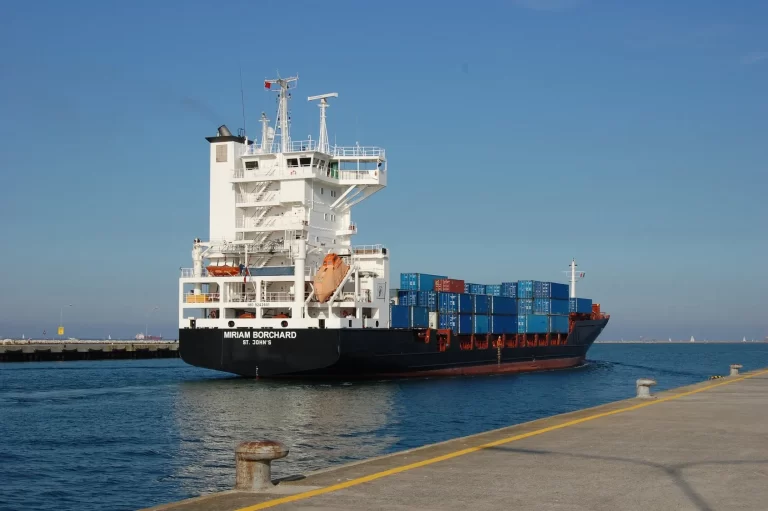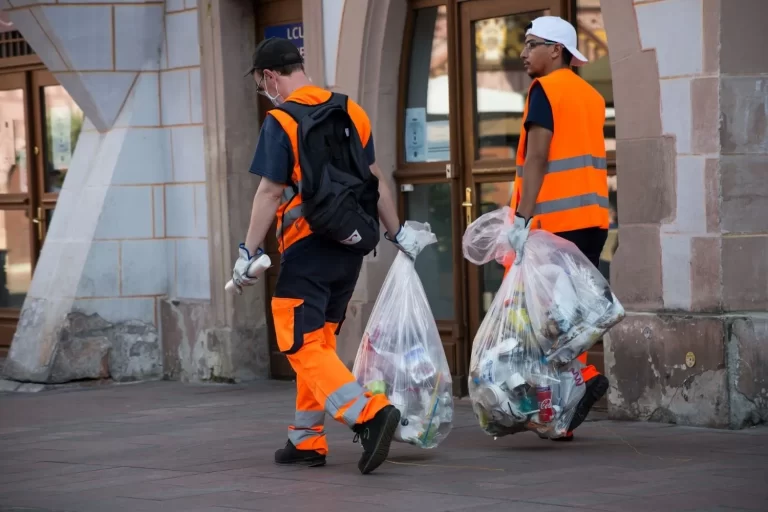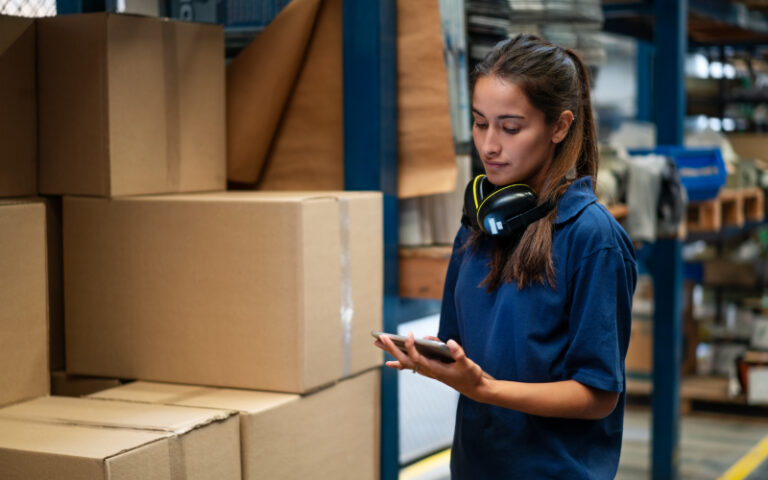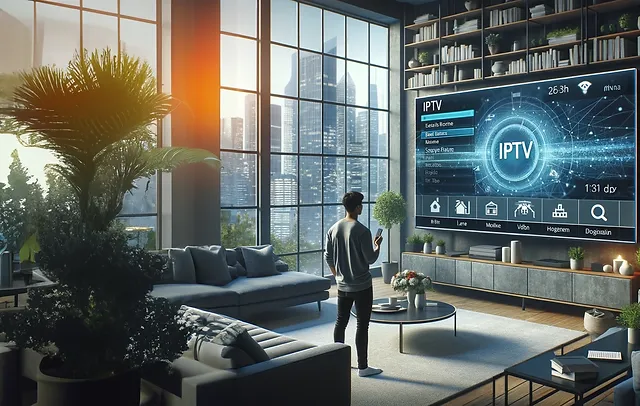Last-mile delivery, the final leg of the logistics process, plays a crucial role in ensuring timely and seamless customer experiences. As e-commerce continues to surge (Cara daftar Lalamove dan persyaratan lengkap) and customer expectations rise, businesses are focusing on optimizing their last-mile delivery operations. This article highlights the significance of last-mile delivery and explores how businesses are striving to provide efficient and satisfying customer experiences.
Last-mile delivery refers to the transportation of goods from a distribution center or fulfillment center to the end customer’s doorstep. It is the final and often most critical step in the supply chain, directly impacting customer satisfaction. Businesses understand that delivering orders promptly and flawlessly is essential for retaining customers and building long-term relationships.
Efficiency is a key aspect of last-mile delivery. To meet the expectations of today’s customers, businesses are investing in advanced technologies and innovative solutions. Route optimization software is employed to determine the most efficient delivery routes, taking into account factors like traffic, distance, and delivery windows. This ensures that orders are delivered promptly and reduces unnecessary delays.

Real-time tracking and visibility have also become integral to last-mile delivery. Customers expect to be informed about the progress of their deliveries. To provide transparency, businesses use tracking systems that allow customers to monitor their orders from dispatch to delivery. Through mobile apps or online portals, customers can track the location of their packages, receive notifications, and even communicate with delivery personnel. This level of visibility enhances customer trust and satisfaction.
To overcome the challenges of last-mile delivery in crowded urban areas, businesses are exploring alternative delivery methods. One such solution is the use of lockers and pickup points. These convenient locations allow customers to collect their packages at their own convenience, avoiding missed deliveries and reducing the need for multiple delivery attempts. Additionally, businesses are piloting drone and autonomous vehicle deliveries to further expedite the process and reach remote areas efficiently.







